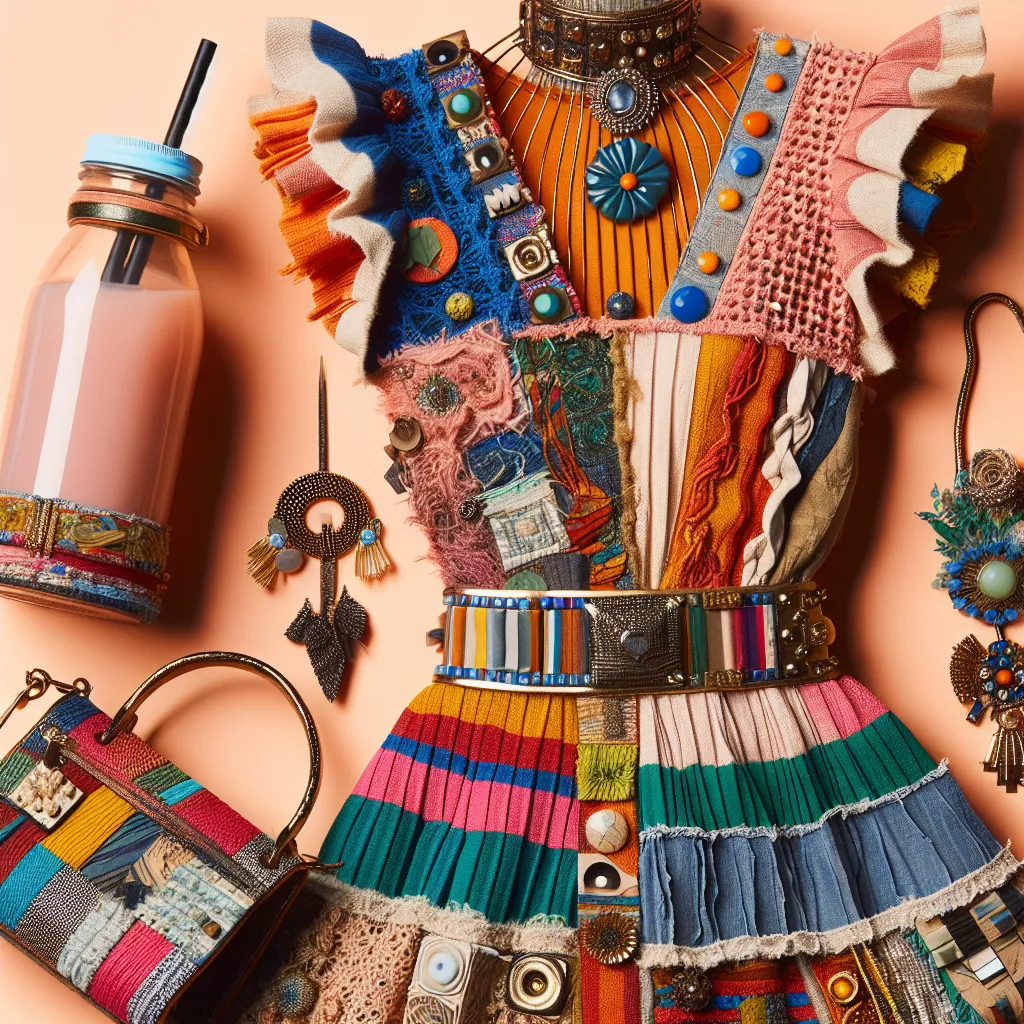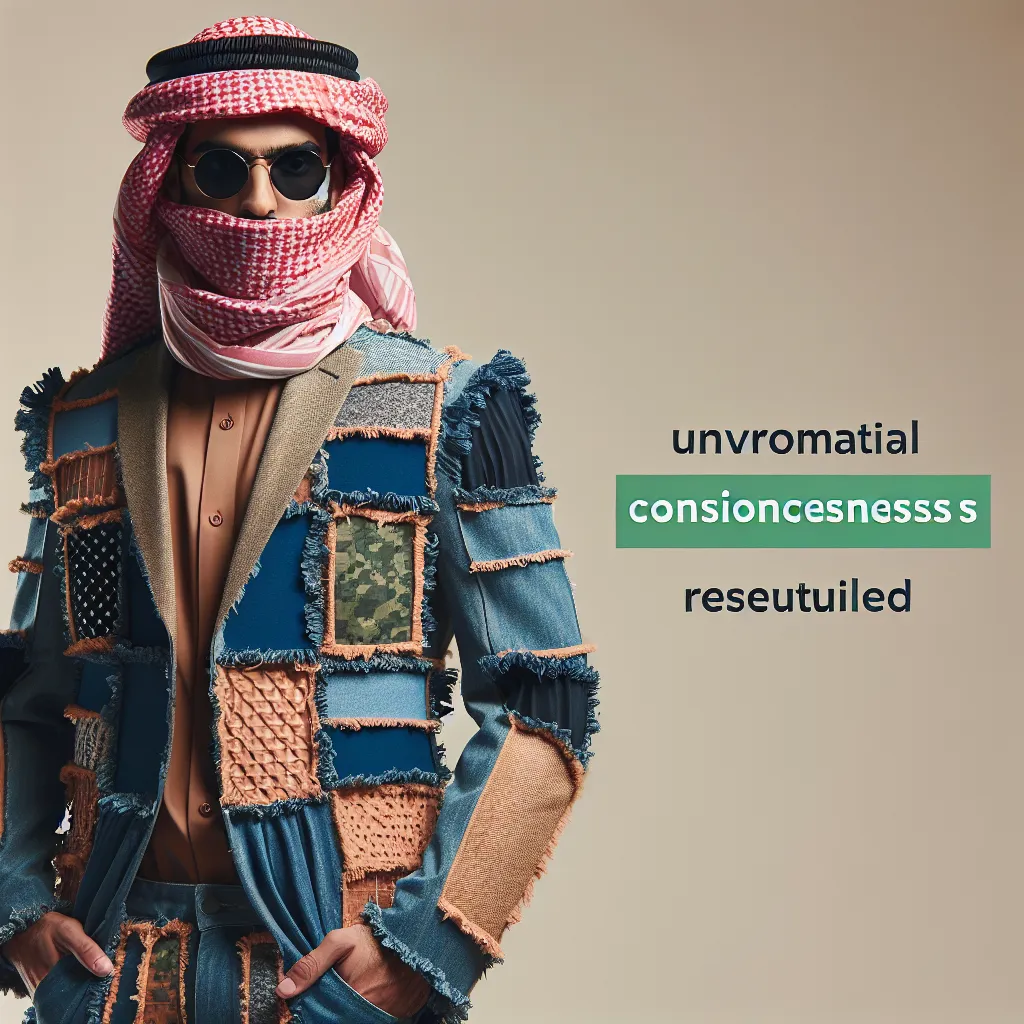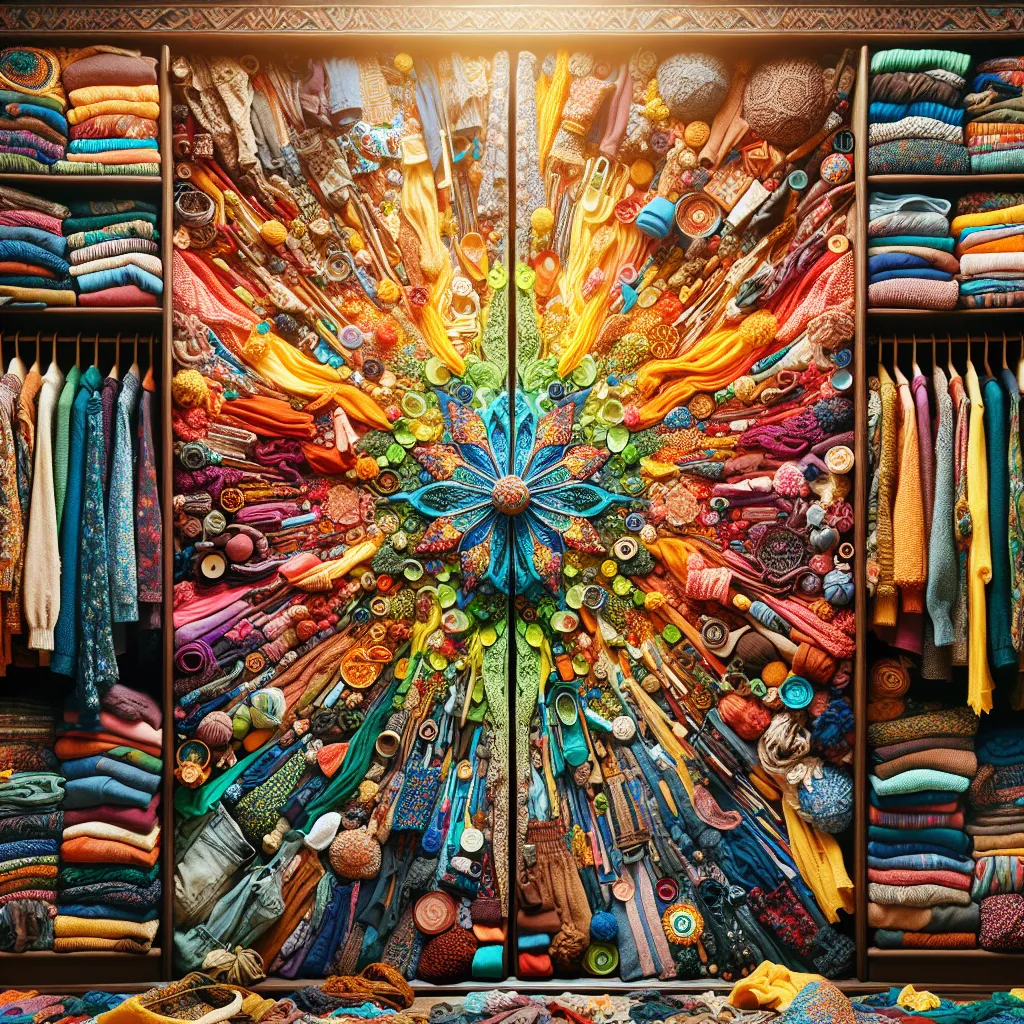The Environmental Impact of Fast Fashion
Sustainable fashion is becoming an increasingly important topic in the modern world. With the rise of fast fashion, the environmental impact of the clothing industry has become a major concern. The production of fast fashion often involves high levels of water consumption, chemical usage, and textile waste. This has led to pollution of waterways and soil, as well as contributing to greenhouse gas emissions.
One way to address the environmental impact of fast fashion is through upcycling. Upcycling is the process of transforming old or unwanted clothing and textiles into new, high-quality garments. By upcycling, we can reduce the amount of clothing sent to landfills and minimize the need for new raw materials.
Upcycling also reduces the energy and resources required for producing new clothing, thus lowering the carbon footprint of fashion. By incorporating upcycled pieces into our wardrobes, we can actively participate in reducing the environmental impact of the fashion industry. Moreover, upcycling promotes creativity and individuality in fashion, offering unique and personalized clothing options.
As the sustainable fashion movement gains momentum, upcycling presents a revolutionary solution to the environmental challenges posed by fast fashion. By embracing upcycled clothing, we can contribute to a more sustainable and eco-friendly future for the fashion industry.
The Rise of Upcycling in the Fashion Industry
As the fashion industry continues to work towards sustainability, the rise of upcycling has revolutionized the way we view and interact with our wardrobes. Upcycling, a process of transforming old or discarded materials into something new and of higher quality, has gained significant traction in the fashion world in recent years. This trend has not only sparked creativity and innovation but has also significantly contributed to reducing the environmental impact of the industry.
With a growing awareness of the detrimental effects of fast fashion on the environment, consumers are seeking more sustainable alternatives. Upcycling offers a solution by giving new life to pre-existing materials, thus reducing the need for virgin resources and minimizing waste. This practice aligns with the principles of circular fashion, emphasizing the importance of prolonging the lifespan of garments and minimizing their ecological footprint.
Furthermore, the rise of upcycling has paved the way for a new wave of designers who prioritize sustainability in their creations. By incorporating upcycled materials into their collections, these designers are not only reducing the demand for new resources but also adding a unique and individualistic touch to their designs. This approach promotes a shift towards conscious consumerism, where the focus is on quality, craftsmanship, and environmental responsibility.
In conclusion, the rise of upcycling in the fashion industry signifies a fundamental shift towards a more sustainable and ethical approach to clothing production and consumption. By embracing upcycled fashion, individuals can actively participate in reducing the industry’s environmental impact while enjoying one-of-a-kind, creatively reimagined pieces for their wardrobes.
Practical Tips for Incorporating Upcycled Fashion
When it comes to sustainable fashion, upcycling has emerged as a revolutionary trend that can transform the way we perceive and utilize our wardrobes. Incorporating upcycled fashion into your clothing repertoire not only reduces environmental impact but also adds unique and creative elements to your style. Here are some practical tips for embracing upcycled fashion:
1. Explore Thrift Stores and Vintage Shops: These are treasure troves for finding pre-loved garments that can be upcycled into trendy pieces. Keep an open mind and envision the potential of each item beyond its current state.
2. DIY Upcycling Projects: Get creative and try your hand at upcycling existing clothing items in your wardrobe. Whether it’s turning old jeans into trendy shorts or revamping a plain t-shirt with quirky patches, DIY upcycling allows you to personalize your fashion choices.
3. Collaborate with Local Artisans: Seek out local artisans or upcycling experts who can breathe new life into old clothing through innovative techniques like patchwork, embroidery, or fabric manipulation. Not only does this support local talent, but it also adds a bespoke touch to your wardrobe.
4. Upcycled Accessories: Embrace upcycled accessories such as bags, jewelry, and footwear to complement your outfits. Look for items made from repurposed materials like inner tubes, reclaimed wood, or textile scraps for a truly unique statement.
5. Educate Yourself: Stay informed about upcycling techniques and sustainable fashion practices. Understanding the process behind upcycling can inspire you to make more conscious choices when it comes to selecting and upcycling clothing.
By integrating upcycled fashion into your wardrobe, you not only contribute to a more sustainable fashion industry but also cultivate a unique personal style that reflects creativity and eco-consciousness.
The Future of Sustainable Fashion: Upcycling and Beyond
Sustainable fashion is a growing trend in the fashion industry, with upcycling playing a key role in revolutionizing wardrobes. The future of sustainable fashion lies in innovative approaches like upcycling, which goes beyond the traditional concept of recycling. Upcycling involves transforming used or discarded materials into new products of higher value, creating a refreshing and unique wardrobe without the environmental impact of fast fashion.
Upcycling not only reduces the amount of waste going to landfills but also promotes creativity and originality in fashion. Designers are incorporating upcycled materials into their collections, paving the way for a more sustainable and eco-friendly future in the fashion industry. The versatility of upcycling allows for endless possibilities, from transforming old denim into stylish jackets to creating accessories from repurposed textiles.
As consumers become more conscious of the environmental impact of their fashion choices, upcycling presents an exciting opportunity to redefine the way we view and engage with fashion. By embracing upcycled fashion, individuals can contribute to reducing the fashion industry’s carbon footprint while embracing unique and trend-setting pieces that reflect their personal style.
The future of sustainable fashion is undoubtedly headed towards a direction where upcycling will continue to play a pivotal role, inspiring both designers and consumers to embrace a more sustainable approach to clothing. With a focus on creativity, innovation, and environmental responsibility, upcycling is set to revolutionize wardrobes and shape the future of sustainable fashion.



